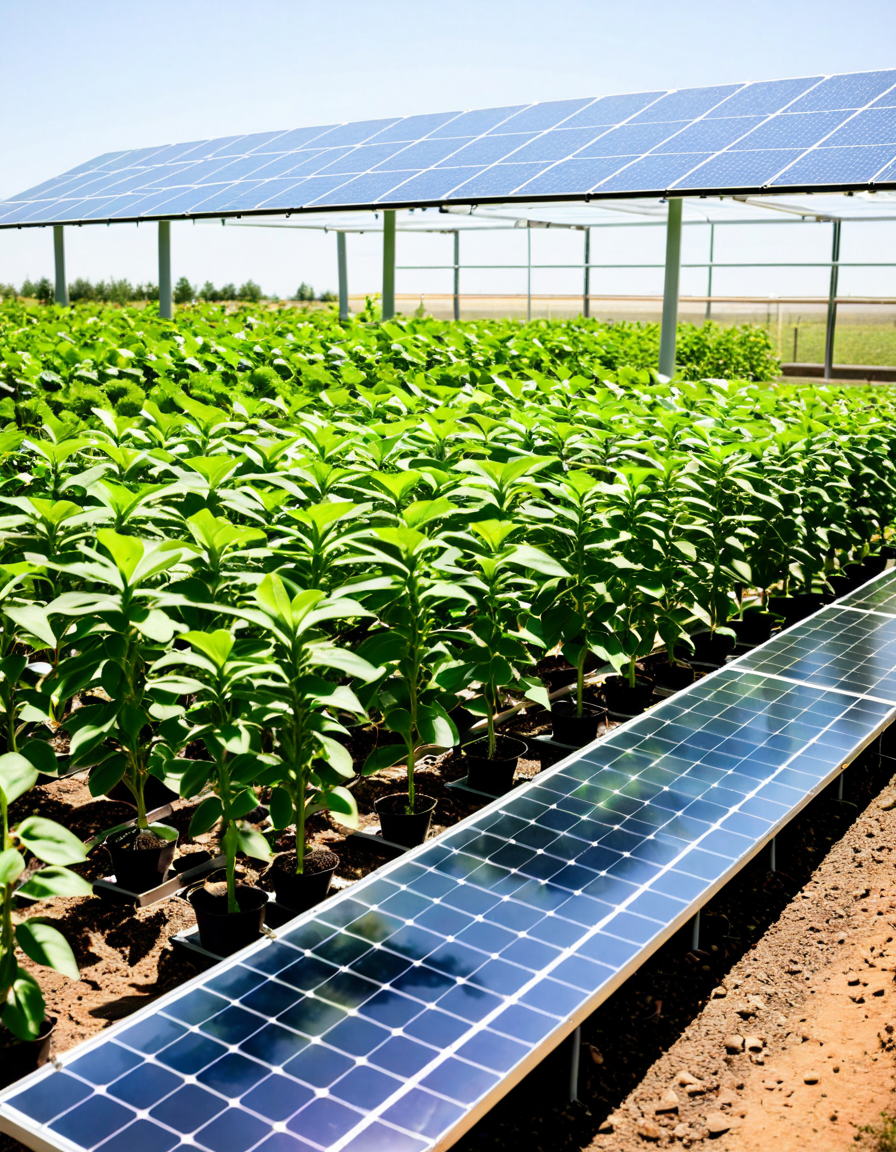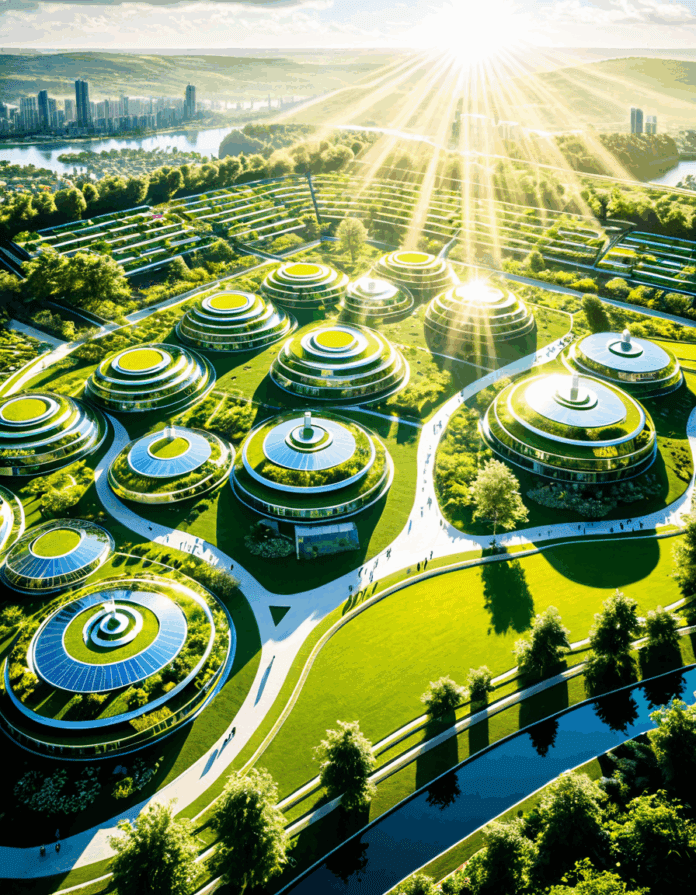The Rise of Perpetual Energy Technologies
Perpetual energy represents a groundbreaking shift in how we generate and consume power. No longer just a pipedream, it encompasses renewable energy systems built for continuous output with minimal input. By tapping into the natural forces of the Earth—think solar, wind, and water—these innovations promise sustainable solutions that could power our planet indefinitely, without the risk of depletion. As climate change looms ever larger on the global stage, the urgency for perpetual energy innovations becomes clearer than ever.
Gone are the days when renewable energy was an afterthought. Today, it’s a critical area of research, policy, and public concern. The world, in a conjunction of necessity and opportunity, stands on the brink of an energy revolution. NGOs and governments are scrambling to create policies that promote sustainability, with organizations like Greenpeace advocating for a swift transition to cleaner energy options. They emphasize that we must not merely react to climate issues but proactively create solutions that benefit both people and the planet.
This rising tide of perpetual energy innovation offers a sliver of hope against an often overwhelming backdrop of ecological despair. Each new technology holds the potential to transform lives while paving the way for a future free from the shackles of fossil fuels. With the right momentum, we can move toward a world powered by renewable energy—one that reshapes industries and communities alike.

Top 7 Perpetual Energy Innovations Driving the Future
Grounded Perspectives on Future Energy Solutions
Perpetual energy innovation is more than just futuristic concepts; it’s a necessity for a sustainable future. The interplay of technological breakthroughs and regulatory frameworks shapes each innovation’s market growth. As seen with efforts from NGOs and communities, the push for renewable energy isn’t just about saving the planet—it’s also about empowering people. Organizations are striving to make the case for supporting policies that promote renewable energy development, which are crucial to overcoming barriers to adoption.
Progress in the field doesn’t come without skepticism, especially regarding technologies like hydrogen fuel cells or ocean energy. However, advancements in these areas signify that perpetual energy remains a viable, if not essential, pathway forward. The transition from fossil fuels isn’t merely an uphill battle; it can be a shared journey that brings diverse stakeholders—including consumers, businesses, and governments—into the fold.
As we explore the boundaries of what’s possible, we’re reminded that our future isn’t set in stone. The collective movement toward perpetual energy highlights our ability to collaborate and innovate. Communities, entrepreneurs, and policymakers must rally together to create lasting partnerships that drive us toward an energy landscape free from dependence on fossil fuels. Let’s not just watch from the sidelines; let’s participate in nurturing a greener planet.

Innovative Wrap-Up
In conclusion, the future of perpetual energy reflects a promising frontier filled with possibilities. As more innovations emerge—from solar paint to kinetic energy tiles—we stand on the cusp of an energy revolution that could redefine how we generate and consume power. We must seize this opportunity, forging alliances to realize these advancements. With cooperation and ingenuity, the vision of a sustainable future is not far-fetched; it’s on the horizon, waiting for us to embrace it. As we face the challenges ahead, the potential of perpetual energy to reshape our world is not just a dream; it is an inevitability, ready to be harvested for the good of all.
Perpetual Innovations Bringing Us to Tomorrow
The Cycle of Energy
Have you ever thought about how energy just keeps on going? That’s the essence of perpetual energy—the idea of creating a system that never stops working. This concept is super intriguing and has drawn both curiosity and skepticism from scientists. Just imagine a perpetual engine that could power the likes of princess luna, floating through space without needing a recharge! That’s the dream of many inventors, and every breakthrough brings us closer to reality.
In the quest for sustainable energy, we’ve seen a few innovations come and go like a hiatus in a TV show. But some ideas stick around, showing promise for continuous energy supply that could one day serve our cities without costing us a fortune. The search for perpetual energy often lands researchers in a garden of ideas, much like the various colors of ranunculus flowers—each one unique and vibrant, contributing to a bigger and brighter future.
The Beauty of Perpetual Motion
The charm of perpetual motion not only lies in physics; it captures the imagination too. Just like the thrill of watching the libertadores finals, where every moment counts, energy breakthroughs can flip the game entirely. For example, some researchers are working on magnetic devices that can generate energy indefinitely. If they succeed, we might see a significant shift in how we think about energy generation and consumption!
But wait, there’s more! Picture athletes like Cael Sanderson, who show us what it means to strive for excellence; perpetual energy reflects that same relentless pursuit. Imagine a world where energy costs drop, akin to what would happen if your amazon reviewer job led to free gadgets continuously! This change could reshape our lives, making every household run smoother and greener.
The Future is Bright
What if we could harness energy as easily as picking out a fresh blanco outfit for a night out? Innovations in solar and wind technologies are inching us closer to this goal, where perpetual energy becomes the norm. Researchers work tirelessly to create systems that can operate endlessly without additional fuel, bringing us ever closer to sustainability.
Excitingly, just as artists like Myles Frost redefine creativity, the tech wizards in energy are rethinking how we perceive power. Our understanding of energy systems will undoubtedly influence how future generations use and interact with the world. The more we embrace these advancements, the more we realize that a sustainable future might be just a ticking clock away!







